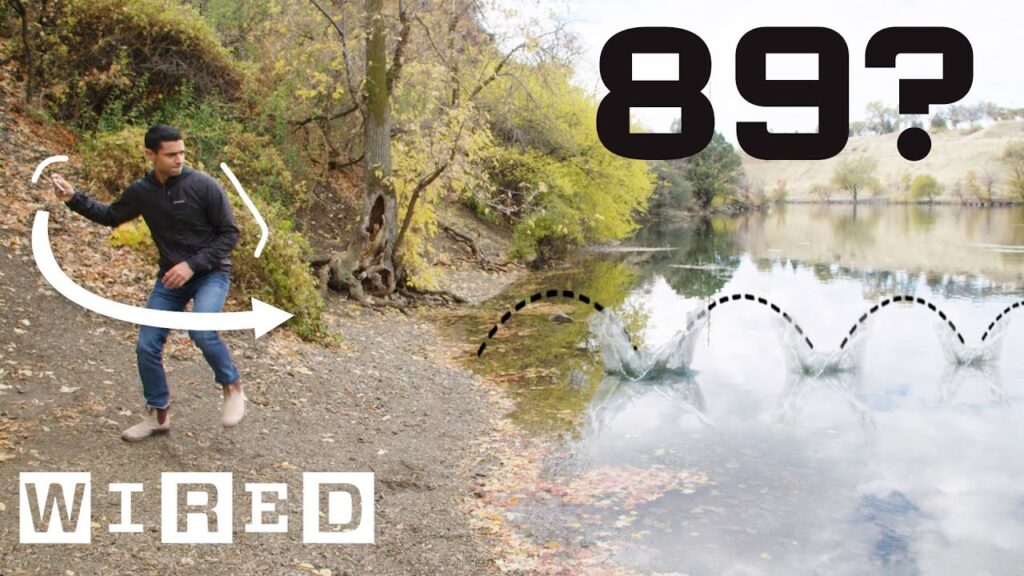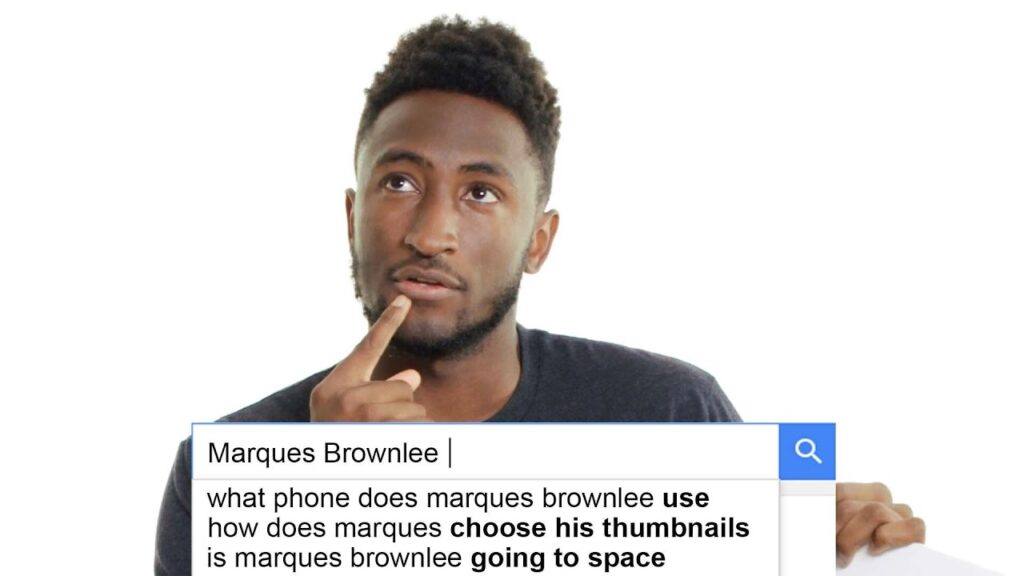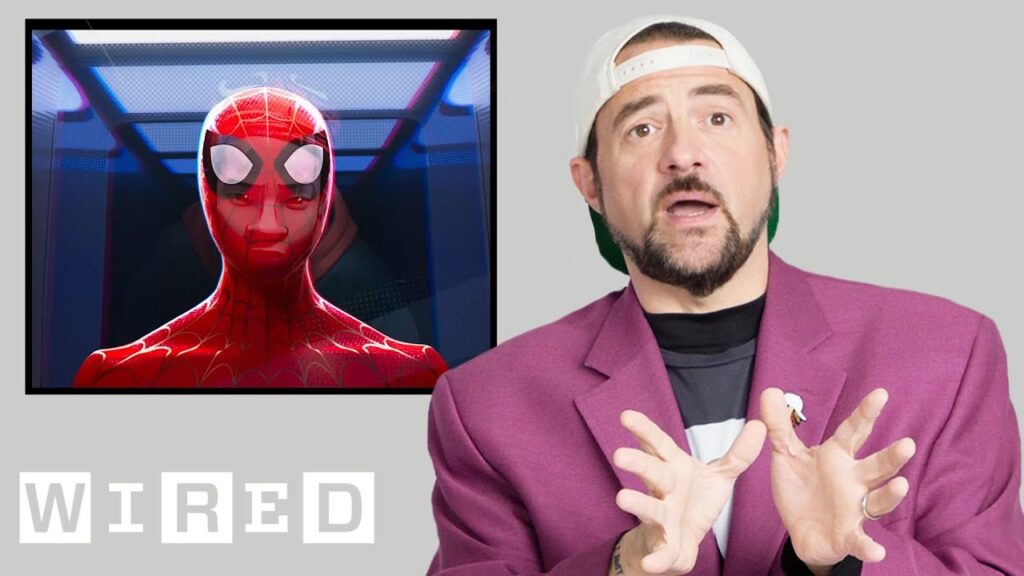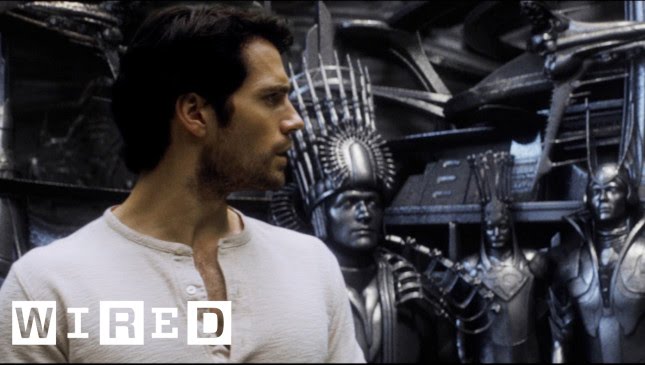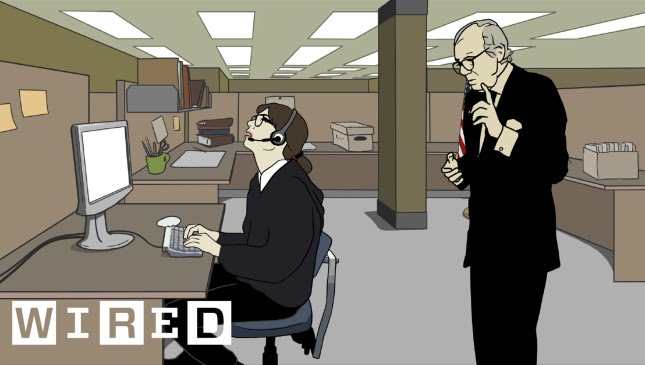Creating Participatory Musical Experiences with Laser Harps
Summary
In this article, we explore the work of a speaker who designs laser harps to provide a participatory musical experience for people of all ages and abilities. The harps use custom sensors and controllers to change the sound of notes played based on the distance and speed of the user’s hand. The speaker also discusses their work creating “magical harps” for accessible playgrounds and the challenges of building hardware for interactive public art.
Table of Contents
- Laser Harps and Participatory Music
- Creating “Magical Harps” for Accessible Playgrounds
- Challenges of Building Hardware for Interactive Public Art
- The Power of Public Art and Technology
Laser Harps and Participatory Music
The speaker’s laser harps are designed to provide a musical experience that requires no prior knowledge of music. Using a custom sensor to triangulate an infrared beam off the user’s hand, the harp sends back distance and speed information to a controller that changes the sound of the notes played. This creates a participatory experience where users can create music simply by moving their hands.
One unique aspect of the speaker’s work is the incorporation of “easter egg” components, where triggering a specific element can affect other components, such as changing the sound of the harp. This adds an element of surprise and discovery to the musical experience.
Creating “Magical Harps” for Accessible Playgrounds
The speaker also builds “magical harps” for the Magical Bridge Foundation, an organization that creates accessible playgrounds for children of all abilities to play and create music. These harps are designed to be waterproof and durable, with smaller circuit boards encased in resin for protection.
The speaker describes a rigorous testing process for sculptures that incorporate electronics, including submerging them in water for extended periods of time and subjecting them to temperature changes. Despite the technical challenges, the speaker is motivated by the desire to create interactive public art that appeals to people of all ages and cultures.
Challenges of Building Hardware for Interactive Public Art
The hardest aspect of the speaker’s work has been learning the hardware, as building hardware requires a lifetime of experience. However, the speaker uses smaller, more elegant circuit boards and encases them in resin for waterproofing. This allows for more efficient and durable designs.
The Power of Public Art and Technology
The speaker believes that public art can create a sense of place and bring communities together. By incorporating technology into their work, the speaker hopes to inspire young people to engage with technology and to encourage more artists to create dynamic and beautiful artwork using technology.
In conclusion, the speaker’s laser harps and interactive public art demonstrate the power of technology to create participatory experiences and bring people together. By incorporating durable and efficient hardware, the speaker is able to create beautiful and functional designs that can withstand rigorous testing and provide accessible musical experiences for people of all abilities.


